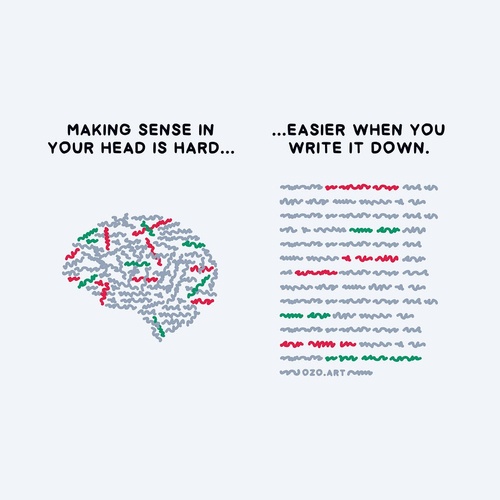…Probably not.
Good news doesn’t sell.
Good news isn’t algorithm friendly.
Good news doesn’t bleed so it doesn’t lead.
…But here’s something to consider:
You get to choose your news sources.
You get to train your algorithms.
You get to unfollow, block, mute, and click on and turn up what you want more of in your life.
…Today’s defaults won’t serve you.
…Going with the societal flow is mostly going backwards.
…Taking no responsibility for what comes in through your senses is senselessly ruining your perspective of life.
Have you heard the good news?
If you haven’t in a while… it might be time to take a closer look at what you’re letting in.
P.s. This post was inspired by this picture.
